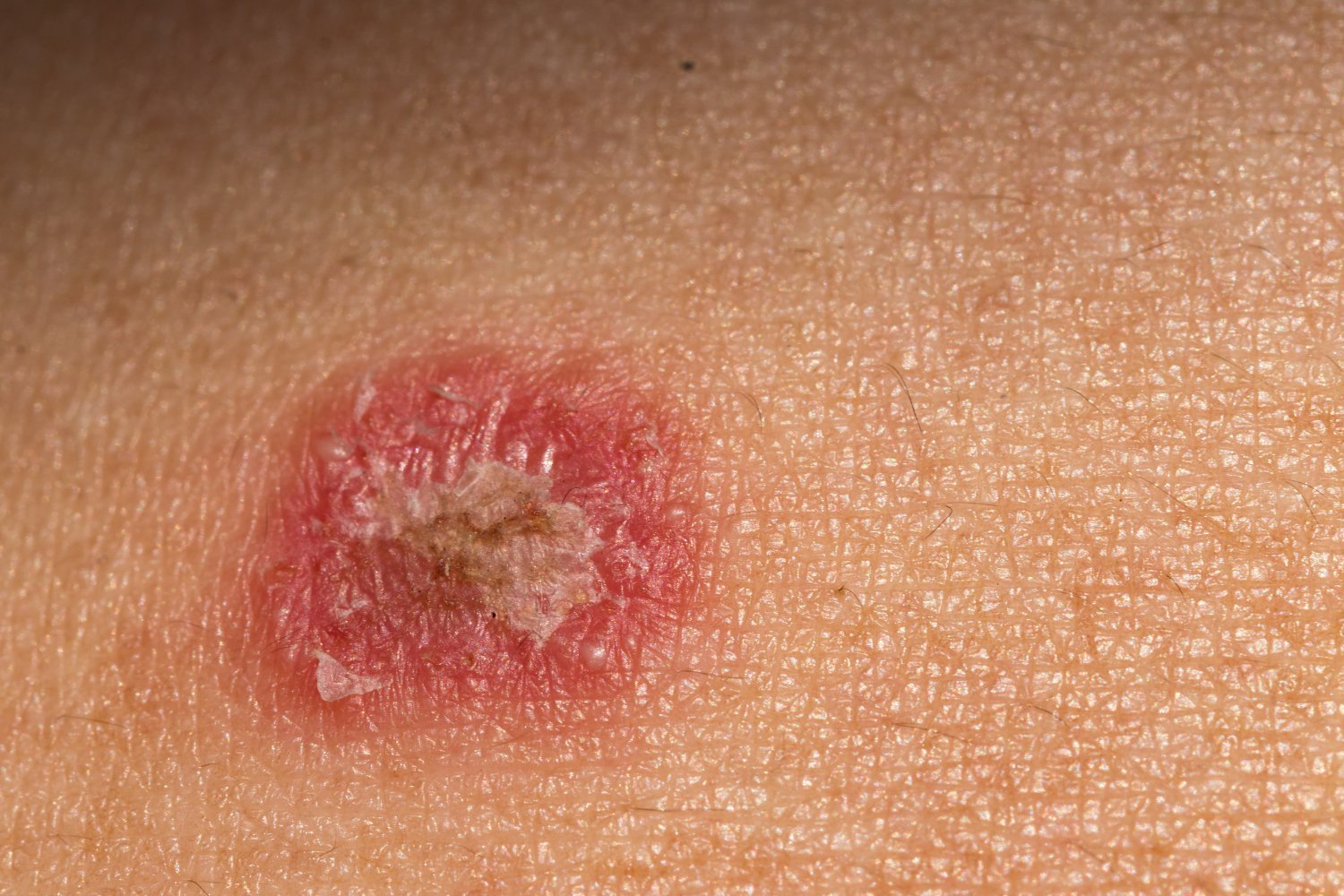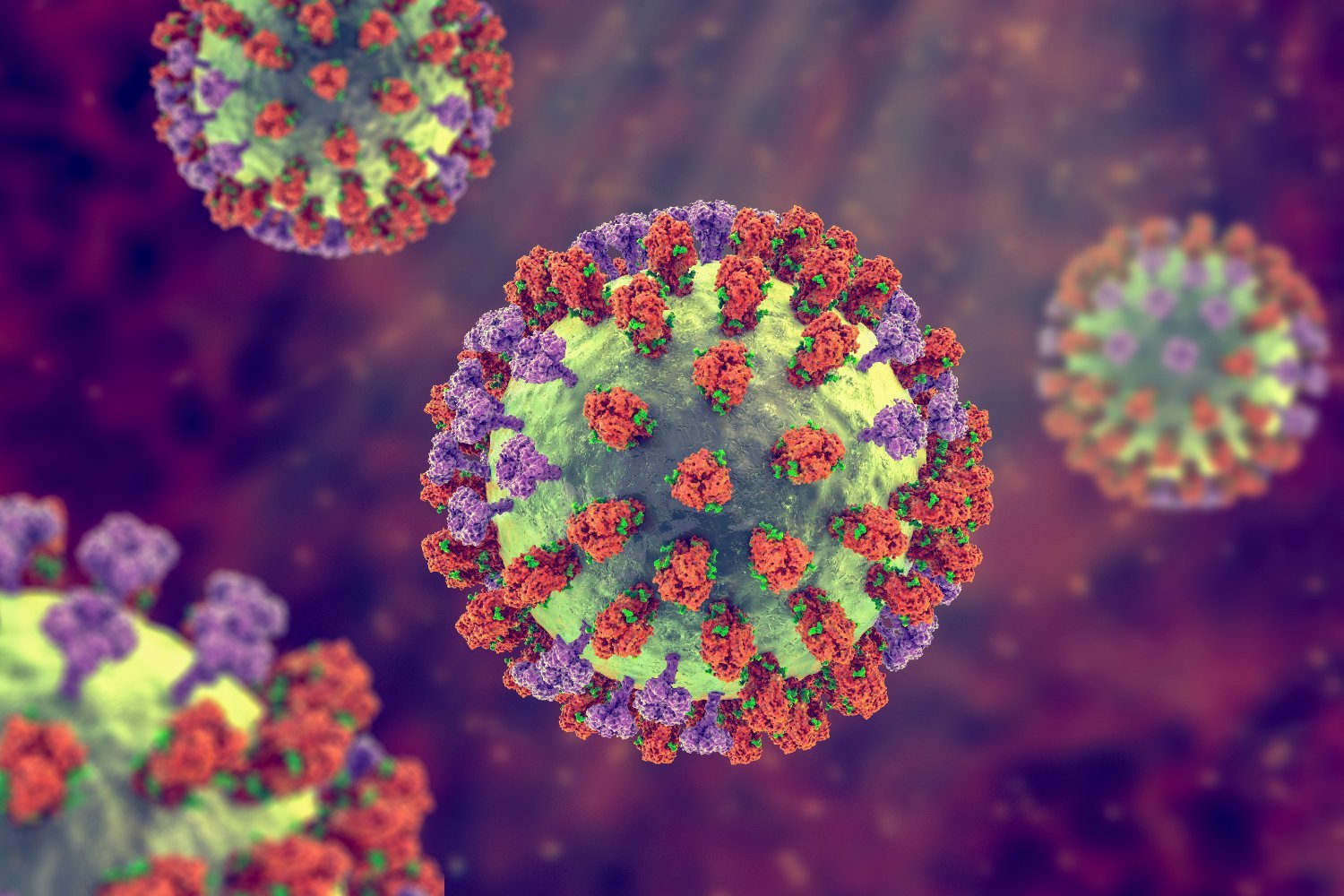A new sexually transmitted fungus is causing concern among health officials in New York City. Five cases of ringworm caused by the fungus Trichophyton mentagrophytes ITS genotype VII (TMVII) have been identified this year, marking the first reported instances of this strain in the United States.
Ringworm, a common fungal infection affecting the skin, hair, and nails, typically presents with characteristic ring-shaped rashes. While most ringworm infections are mild, TMVII has emerged as a more concerning variant due to its primary mode of transmission: close sexual contact. This is unusual for ringworm, which more commonly spreads through non-sexual contact.
The first U.S. case of TMVII was reported in June 2024 by researchers at New York University Langone Health. Since then, four additional cases have been identified in New York City between April and July 2024, according to a recent report published in the CDC’s Morbidity and Mortality Weekly Report. All five cases involved cisgender men who had recently engaged in sexual activity with other men, highlighting a potential trend in the affected population. One case involved a sex worker.
While all five individuals have been successfully treated, some required multiple courses of antifungal medication. The researchers emphasize the importance of healthcare providers recognizing TMVII as a sexually transmitted infection that can manifest with lesions on the genitals, buttocks, face, trunk, or extremities.
Previous outbreaks of TMVII have also primarily affected men who have sex with men, although cases have been reported in heterosexual men and women. Research suggests that TMVII originated in Southeast Asia, where its spread may have been facilitated by contact with infected female sex workers. The fungus has since become endemic in Europe and now poses a potential threat of local transmission in the U.S.
Dr. Avrom Caplan, a dermatologist at NYU Langone Health and a researcher involved in the study, stated, “We have only confirmed a small number of cases in the U.S., but the potential for local spread is concerning, given what we know from Europe.” He added that while endemicity isn’t inevitable, vigilance is crucial due to the fungus’s transmission through close skin contact, including sexual contact.
The researchers hope their findings will raise awareness among healthcare professionals, researchers, and the public about TMVII and encourage proactive measures to prevent its spread. They recommend that individuals with active fungal infections avoid skin-to-skin contact with others. Early diagnosis and treatment are critical, as TMVII may be mistaken for other dermatological conditions due to its atypical presentation.
Dr. Caplan stressed the importance of educating clinicians and patients about this new infection. “TMVII requires antifungal treatment and may be easily misdiagnosed, especially since it can present differently than other ringworm infections,” he explained. He also emphasized the importance of preventive health measures, particularly in sexual health clinics and clinics serving high-risk populations.
Adding to the concern, another emerging ringworm fungus, Trichophyton indotineae, has also been detected in the New York area. This fungus not only causes more severe ringworm infections but also exhibits resistance to common antifungal treatments. The emergence of these new fungal strains underscores the need for increased awareness, vigilance, and proactive measures to prevent their spread.











